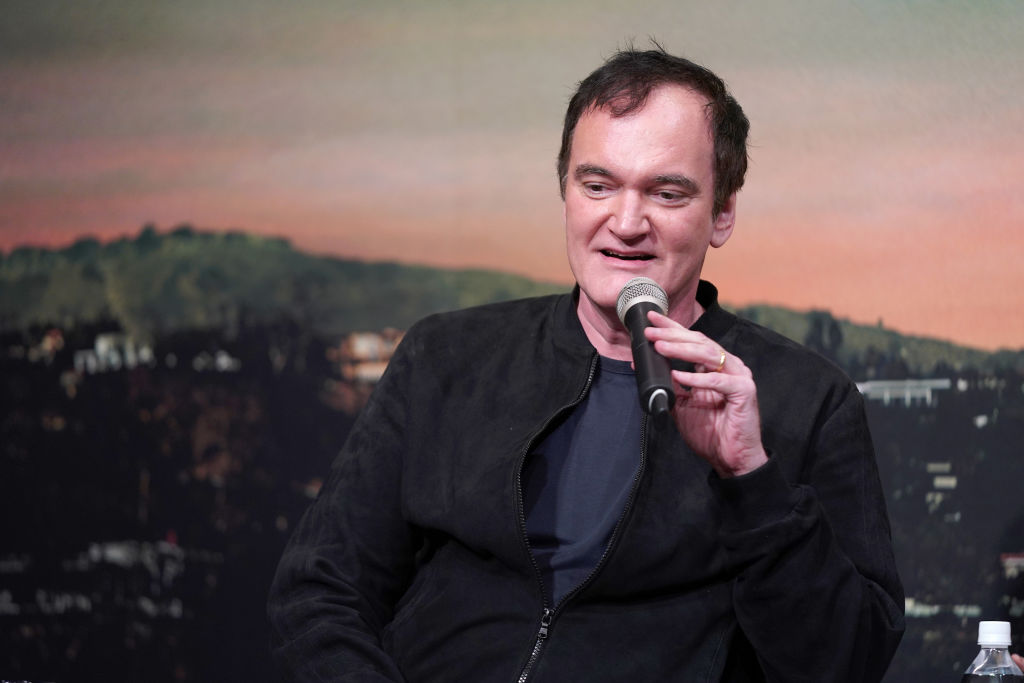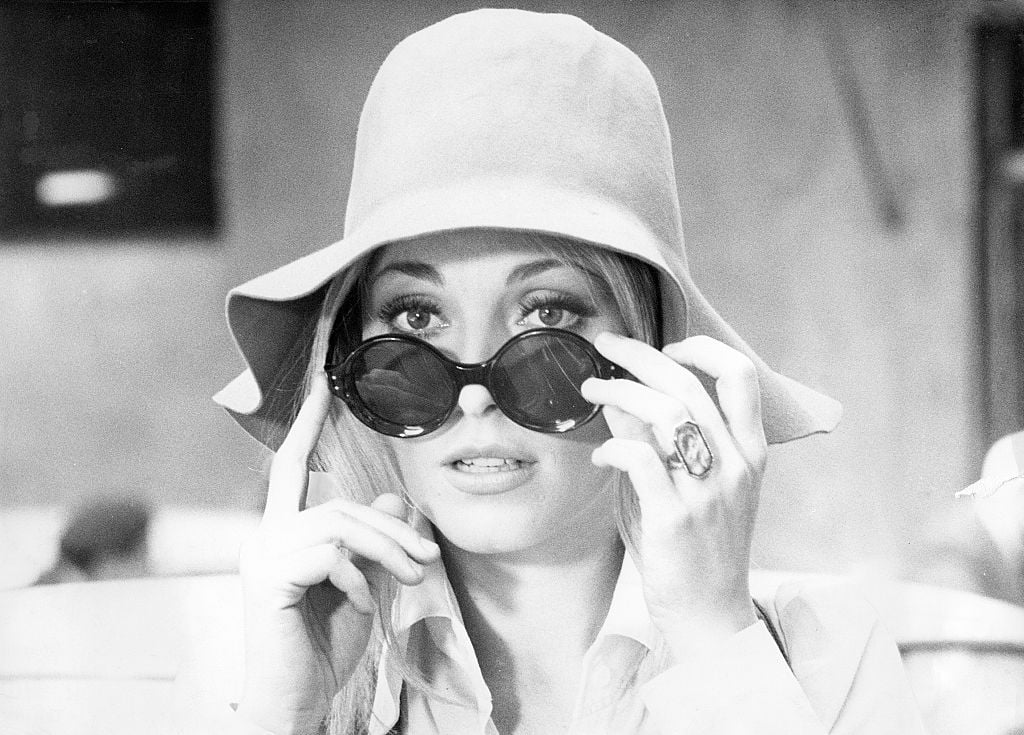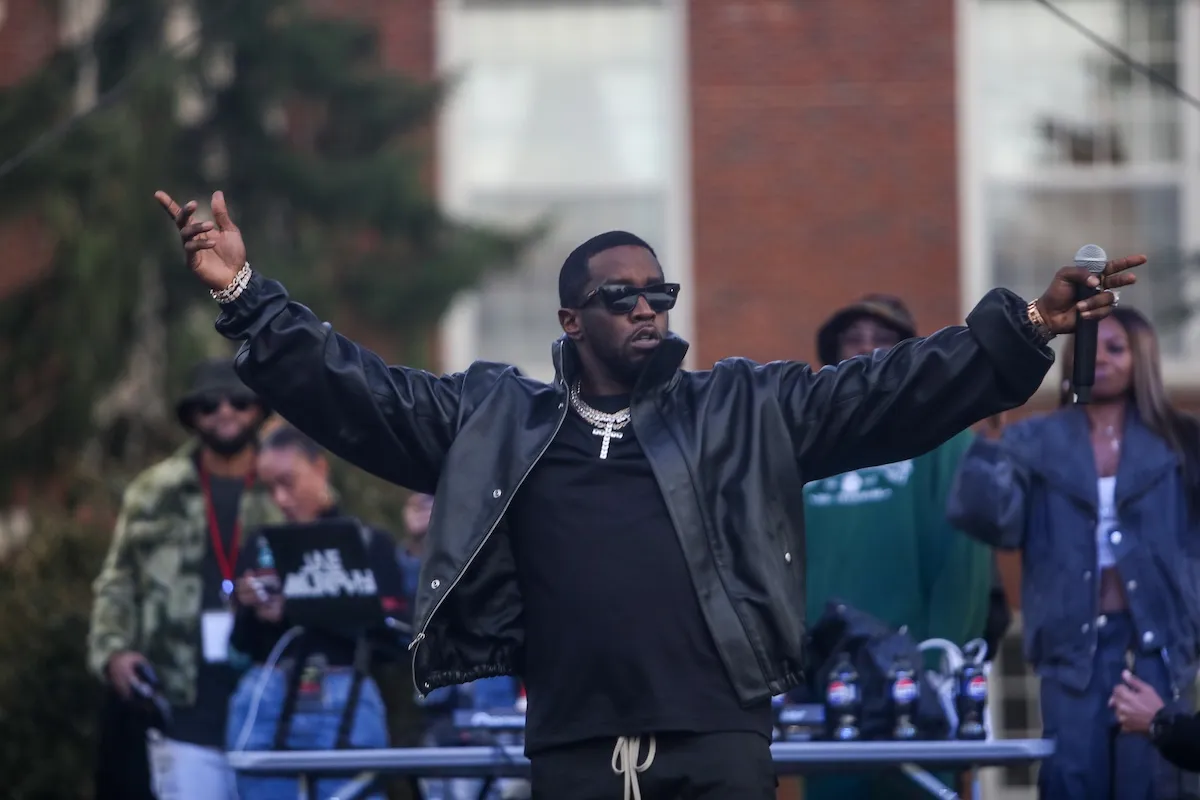The Disturbing True Story Behind ‘Once Upon a Time in Hollywood’
Quentin Tarantino’s latest film Once Upon a Time in Hollywood is a love letter to the golden era of Hollywood, a time of free love, psychedelic music, and a vibrant counterculture that existed throughout the 1960s. During this time, the film industry underwent a major evolution as young creative minds revolutionized the status quo of old-fashioned studio executives. Once Upon a Time in Hollywood follows two men, an actor, and his longtime stunt double, as they struggle to adapt to the many changes to the world they once knew.
Once Upon a Time in Hollywood takes place across the span of three specific dates in 1969: Feb. 8, Feb. 9, and Aug. 8. Television actor Rick Dalton, played by Leonardo DiCaprio, stars in a 1950s Western show, but now struggles to find work in a growing and changing Hollywood. Along for the ride is Dalton’s longtime stunt double and best friend, Cliff Booth, played by Brad Pitt. As Dalton fights for a place in an everchanging industry, his next-door neighbor Sharon Tate, played by Margot Robbie, is a budding actress with a bright future paved ahead of her. Like many of Tarantino’s films, Once Upon a Time in Hollywood is set against a historical background, but this particular film has a dark history looming behind it.
Here is the disturbing true story behind Quentin Tarantino’s Once Upon a Time in Hollywood.

The Manson Family Cult
Many consider the destruction of the golden age of 1960s Hollywood to be correlated with the Manson Family murders in California. In Once Upon a Time in Hollywood, the characters encounter Charles Manson, played by Damon Herriman, and a few of his followers.
In real life, Charles Manson started out as a petty criminal when he originally moved to California. While he lived in San Francisco, he built a following preaching an ideology of hippie culture, racism, and Beatles music. Manson was absolutely obsessed with The White Album, convinced that The Beatles’ songs were full of secret messages intended to warn others about an impending race war that would destroy America. He referred to this as “Helter Skelter.” Very soon, Manson had an entire group of followers and the cult traveled to Los Angeles.
In 1969, Manson led his followers to commit a string of gruesome murders across Los Angeles. Years later, one of his followers would go on to attempt to assassinate President Gerald Ford.
Charles Manson’s cult had 100 members, with most of his followers being young women, and committed nine murders over the course of July and August 1969.

What happened on the night of Aug. 8, 1969?
The events of Aug. 8, 1969, were forever remembered as one of the most shocking and gruesome acts of violence of the century. Charles Manson dispatched four of his followers to 10050 Cielo Drive, ordering them to murder everyone there. The home’s previous owner was Terry Melcher, a record producer who refused to sign a contract for Manson. The house had since been rented by Roman Polanski and his pregnant wife Sharon Tate.
When Manson’s followers arrived, Tate was at home with some of Polanski’s friends, Wojciech Frykowski, Frykowski’s girlfriend Abigail Folger, and Jay Sebring. The cult members broke into the house and brutally murdered Tate and her friends with knives and pistols. Before leaving, one of the followers wrote the word “Pig” on the front door in blood. The brutality didn’t end there. The following night, Manson and a few of his followers broke into the home of Rosemary and Leno LaBianca and violently murdered them as well.
The series of murders are considered by many to be the death of the free love era of the 1960s, irrevocably changing American culture to this day.

How ‘Once Upon a Time in Hollywood’ changed history
Quentin Tarantino is known for revising some of the most gruesome aspects of history in his films. The central plot of Inglourious Basterds revolves around a group of Jewish soldiers on a revenge mission against Nazi leaders during World War II, ending with the brutal assassination of Adolf Hitler. In Django Unchained, a liberated slave joins forces with a bounty hunter to rescue his wife from a psychotic plantation owner. Tarantino’s Once Upon a Time in Hollywood follows the same trend.
Audiences held their breath as the film transitions to the fateful day of Aug. 8, anxiously anticipating a violent reminder of a brutal chapter of American history. In a typical Tarantino fashion, the film ends with a standoff, but not quite the standoff viewers expected. In Once Upon a Time in Hollywood, the Manson followers break into Rick Dalton’s home instead of Tate’s and meet a gruesome end during an exceptionally gory sequence.
When news of the murders on Cielo Drive surfaced in 1969, the world changed forever. The golden era of Hollywood rusted and tarnished and the culture of free love died off. With Once Upon a Time in Hollywood, Tarantino revives this time period, revealing what could have been in a bittersweet revision of history.
It seems only fitting that Tarantino, an artist clearly in love with his craft and the history of filmmaking altogether, should be the one to use his ninth and next-to-last film to bring back the golden age of Hollywood and remove the dark, violent shroud surrounding it. Once Upon a Time in Hollywood is truly a carefully written love letter to the world of film and a long-lost, dearly missed chapter of cinematic history.


